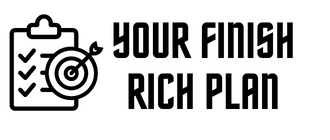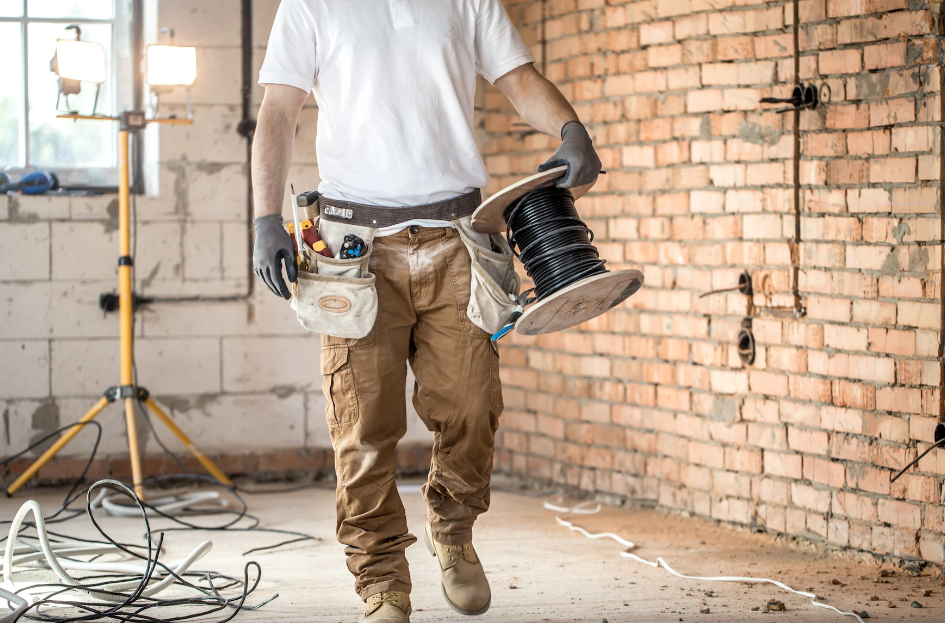A home improvement loan is a consumer loan, usually secured by collateral or a mortgage, whose purpose is to finance alterations, remodeling, or structural renovations to an existing house or other real estate structure. These loans are generally short-term, but may be for longer periods. In layman terms, the best home improvement loan rate is the one where after you’ve negotiated your loan rate and fees and figured out your loan’s monthly payments, you’re in the position where you can meet them without overextending yourself financially. If you’re looking for low rate home equity loans, it makes sense for you to do some comparison shopping. After all, securing THE best home improvement loan rate suggests you’ve looked at offers from several lenders before making a decision.
The only way for you to get the best terms on your home improvement loan is to put yourself in a position where the lender sees you as a valuable customer, and thus is willing to cut you a favorable deal when it comes to interest rates, repayment terms, repayment options, and so on. What’s going to decide your odds of getting that kind of accommodating lender? The three-digit number known as your credit score. If it’s good, you’ll have a much better chance of getting a good deal. If it’s bad, getting a home improvement loan will be very difficult. Fortunately, checking your credit score is something that can be done very easily, since there are a number of companies that can offer you a free credit report (no trial) so you can assess your credit situation and plan your loan application process (or start repairing your credit).
It’s a given fact that every time you approach a business, they will claim that only they can get you the best deal, and it’s no different with financial institutions. The difference between lenders and other service providers is that your solution will be highly customized, with your terms depending heavily on your particular financial circumstances. As a result, many people who apply for home improvement loans fail to get the best rate either because they didn’t bother checking their credit report before applying or didn’t shop around for the best deal while they were applying.
It used to be that comparison-shopping for any type of loan was not a good idea. The credit score calculation formula docks a couple points from your credit score every time a lender does an inquiry on your profile. So comparing offers meant losing points on your score because of the number of inquiries on your report. Fortunately, the credit reporting industry has adapted and now you can comparison-shop with minimal impact on your credit score: within a set period of time (15 days according to most sources), all inquiries from the same type of lender count as one inquiry.
Being a savvy shopper can help you secure the best interest rate considering your personal factors. Here’s what you should be doing.
- Get your credit reports so you can analyze your credit history and correct any mistakes.
- Get your credit scores. If you opt to get the free credit reports that you’re entitled to each year, they will not include your credit scores. For a complete picture, you should get your credit scores too
- Ask around. Talk to friends and family members, even a real estate agent, to see if they’ve had such a great experience with a bank or mortgage company that they’d recommend it to you.
- Start your research by selecting banks and financial institutions that offer home improvement loans among their financial products
- Consult with those financial institutions, give them an estimate of your credit score, and hear their offers. If you’re told that your credit score is too low to secure a good home improvement loan rate, ask for advice on how to improve your credit score.
- Consider credit unions. They often charge less than commercial banks. The trick is, you have to be a member of the credit union to get a loan, and membership is restricted to certain communities. To find out if you’re eligible to join a credit union, start by asking your employer. Also try family and friends to locate ones you might be eligible to join.
- Make visits to the lenders’ offices and ask to talk to a loan officer. Ask to be pre-approved for the loan you want.
- Don’t make any commitments to any particular lender until you’ve gotten at least half a dozen separate quotes, just state that you’re comparison-shopping so you can get the best home improvement loan interest rate and terms that you’re currently eligible for.
- Do an Internet search to see what the competition has to offer, you’ll find that plenty of additional options are only a few clicks away. Compare to what you get through in-person visits
- Study the different interest rates and other repayment terms offered by all the competitors
- Work your budget and thoroughly review it to make sure that you’ll be able to meet the monthly payments from each offer
- Once you’ve decided on one that suits you best, pay another visit to that loan officer and see if you can get even better terms
As a general rule, if you can offer a collateral, you’ll be rewarded with a lower interest rate. The collateral doesn’t have to be your house, it can be any other asset you own, that the bank feels comfortable enough about its value to hold it against your loan. Since the risk the lender is taking is lowered (he has something to fall back on should you fail to pay back the loan), he charges you a lower interest rate. In those cases, the lender will be more likely to be more flexible when negotiating your terms, especially if your credit is good. By the way, if you have good credit, you have even more options, as you can opt for an unsecured home improvement loan. In this case though, keep in mind that your interest rate will certainly be higher because you’re not giving anything to the lender as a collateral.
The best home improvement loan rate (as in, the lowest one) in not necessarily the best deal though. It won’t do you a lot of good to get the best interest rate if you’re expected to pay very high fees for late payments, if your repayment terms are unrealistic, or if you have to pay a hefty penalty for paying off the loan in a shorter amount of time. What you’re looking for is the most flexible terms, along with low interest and low fees, with as little penalties as possible.
Tackling the challenge of getting a home improvement loan isn’t hard, as long as you show up prepared. If you do your homework when it comes to selecting your lender and loantype, you can bank on a smooth experience.

